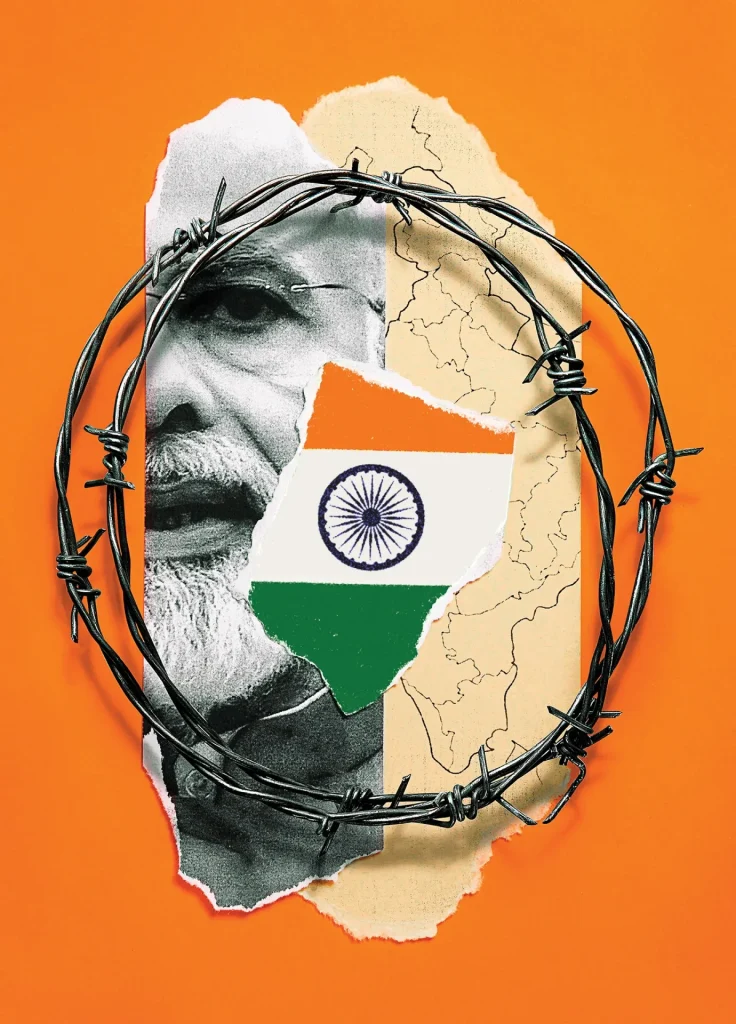Misinformation is a powerful weapon one that India has been wielding against Pakistan for years. The latest episode in this relentless propaganda war is the false claim that Chinese private military companies (PMCs) are being deployed in Balochistan to protect CPEC projects.
This baseless assertion, spearheaded by Indian media outlets like India Today, is nothing more than an extension of India’s longstanding strategy to malign Pakistan, undermine CPEC, and support destabilizing elements in Balochistan.
India’s approach follows a predictable pattern. First, a sensational claim emerges in its mainstream media, supported by fabricated “sources” and “reports.” Next, these falsehoods are amplified by Indian social media influencers and networks aligned with intelligence agencies.
Soon after, separatist and militant groups such as the banned Balochistan Liberation Army (BLA) join the chorus, using the propaganda to justify their acts of terrorism.
The recent narrative about Chinese PMCs follows this exact blueprint. It is designed to create fear, sow discord, and portray Pakistan as a compromised state that needs foreign security forces to maintain order. However, the facts tell a different story.
Pakistani officials have categorically denied the presence of any Chinese military personnel beyond those already working within diplomatic and corporate security frameworks in cities like Karachi and Lahore.
The China Pakistan Economic Corridor (CPEC) is a gamechanger for regional connectivity, economic development, and strategic cooperation. It strengthens Pakistan’s infrastructure, boosts employment, and positions Gwadar as a global trade hub. India, however, sees CPEC as a direct threat to its regional ambitions.
By fueling instability in Balochistan, supporting proxy groups, and launching misinformation campaigns, India aims to disrupt progress and keep Pakistan entangled in security challenges.
Moreover, India’s intelligence agency, RAW, has been repeatedly linked to terrorist activities in Balochistan, with the most damning evidence being the confession of its captured operative, Kulbhushan Jadhav. His revelations exposed India’s direct involvement in funding, training, and arming insurgents to sabotage development projects. The recent propaganda against Chinese PMCs is simply another chapter in this long running hybrid warfare.
While India attempts to paint Balochistan as a war zone, the reality on the ground tells a different story. The province has seen significant development under CPEC, with roads, energy projects, and social uplift programs transforming local communities.
Terror attacks, although still a challenge, have been systematically countered by Pakistan’s security forces, leading to a substantial decline in militant activity.
Yet, every time Pakistan makes economic or security progress in Balochistan, India manufactures a new controversy. First, it was the false portrayal of the Gwadar protests as an “antiChina movement.” Now, it’s the imaginary presence of Chinese PMCs. The goal is clear: disrupt stability, fuel separatism, and discredit Pakistan on the global stage.
Pakistan must remain proactive in debunking such misinformation. This requires a multipronged approach:
- Strengthening Media Diplomacy: Pakistani media should aggressively counter false narratives by engaging international platforms.
- Exposing India’s Hybrid Warfare: The evidence of RAW’s involvement in Balochistan should be consistently highlighted in global forums.
- Boosting Digital Presence: Pakistani factcheckers, analysts, and influencers must take the lead in challenging Indian propaganda on social media.
The war of narratives is just as critical as the war on terror. By staying ahead in information warfare, Pakistan can ensure that India’s manufactured crises do not derail its path to progress.


